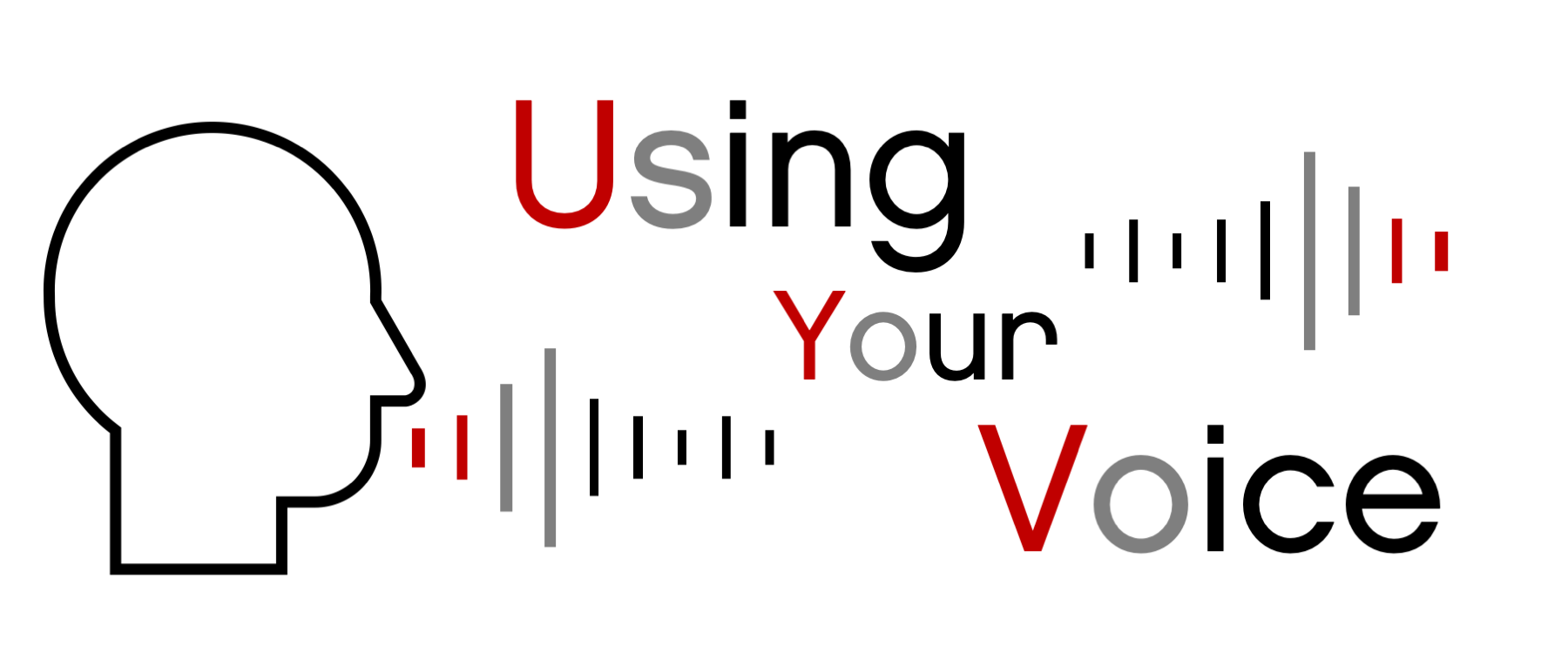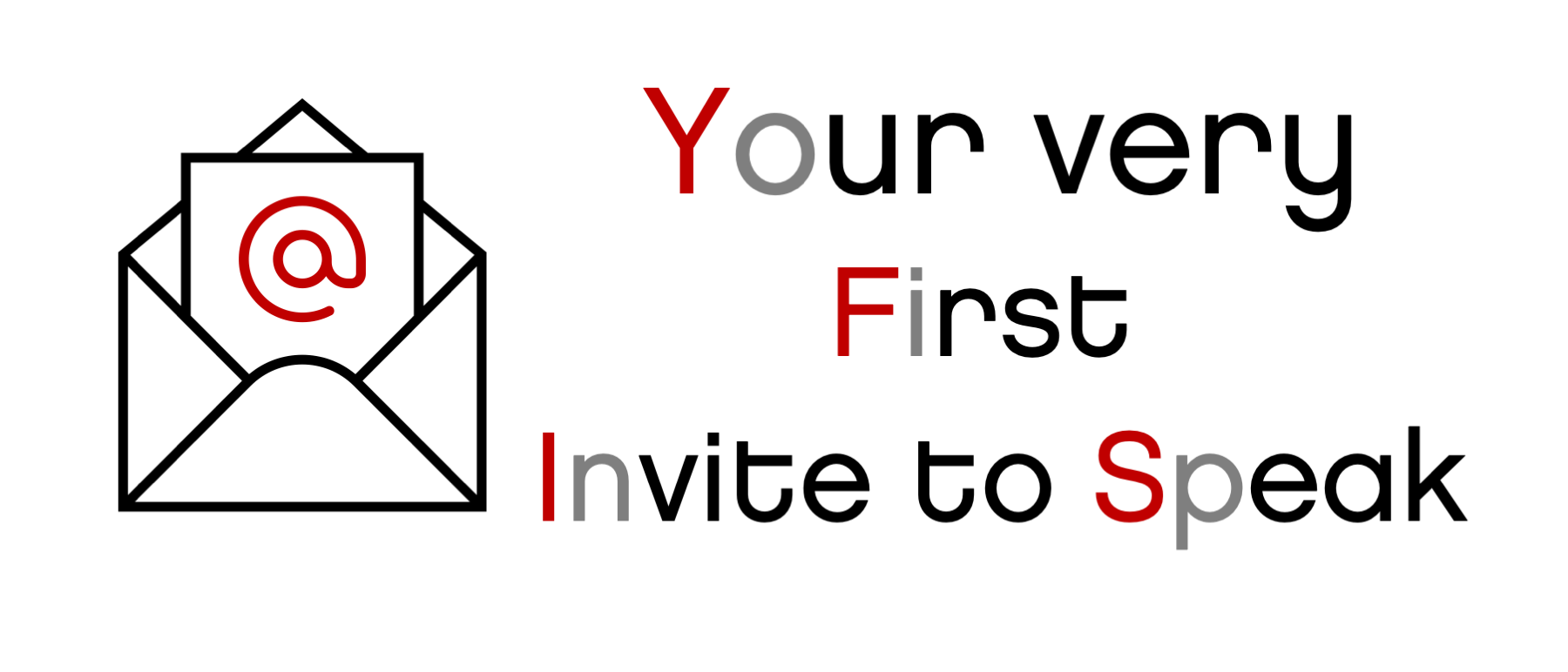Using your voice

Public speaking is not just about what you say, it is about how you say it and this is partially controlled with your voice. Partially you might ask? Yes, partially... The biggest part of communication is done with non-verbal communication like facial expressions and body language, but for this article we will focus on the verbal side of things... Your voice.
By using your voice in the proper way, you can make yourself re-live that moment you are talking about which in turn will make you use your voice even better! When you start to relive that moment, you will turn yourself in a true storyteller! This will in turn have a similar effect on your audience. They now feel your pain and joy, they feel what you feel and they become part of your story and start to imagine the things you are telling them.
This is the true power of using your voice!
There are many things you can control with your voice, but for this article, I will pick out the top 3 that I like the most: Pitch, Pace and Volume. On their own they are powerful, but what if you combine the three together and create a rock-band 🤘
The pitch of your voice is extremely important. Nothing makes your audience fall a sleep faster than bringing your story in a monotone voice!
The trick is to use a more general tone for the majority of the text, but try to go up and down as well in your pitch on a regular basis.
Use your deeper voice to make serious points sound more dark or a bit more pitch when the subject is more light and optimistic.
Try to listen to yourself in everyday talks and see how you speak at this very moment.
Most people, by nature, have a pretty good change in pitch already, but when nervous this seems to change somewhat. Practicing gives you the confidence needed to get this part right.
Just try it for yourself... Take this sentence: "2 men were walking down a path in the forest, but as the night fell they realised... They were all alone..."
First read it out loud as you would normally do...
Then do it again, but use a high pitch voice for the last part... Make it sound all cheery and happy :)
You probably noticed that it doesn't really sound, and even feel right...
So let's do this again, but now lower your voice for the last part... Make it sound deep and dark and maybe a bit scary... Whoohahahahahaha (Evil laugh...)
Now this must sound and feel a lot better already, doesn't it?
A good practice is to simply watch tv and find those lines where they play with the pitch in their voice. In general, game shows and movies like the Adams Family or anything with Jim Carey in it, are very good at this. When you find a line, try to repeat them... When you did it a few times, try again and really overdo it. By overdoing it, it will slowly become more natural to do so and soon you will not even need to think about it anymore.
Let's continue with the pace if your voice, also known as the speed in which you throw the words out of your mouth.
When nervous, many people seem to talk very fast. So fast even, that they can't keep up with their own story and they start to stumble on their words. This happens to me all the time. The funny thing is, this makes you even more nervous and thus, you talk even faster...
Try to slow yourself down and you will find that you will become more relaxed, better understood and you actually give yourself time to breath and remember your lines. One way of doing this is to listen to yourself and if you notice you are to fast, add a pause. If needed, add a pause to the end of every line. Eventually you will notice that your pace will slow down. Just make sure it doesn't slow down to much, otherwise the people around you will fall a sleep again.
Like with the pitch of your voice, your pace also has some control on how your story is perceived. In general, by increasing your pace, you can make things sound more joyful, while slowing down can make a more serious impression.
Let's try that again with our sentence "2 men were walking down a path in the forest, but as the night fell they realised... They were all alone..."
First read it out loud with a normal pace...
Then do it again, but slow down for the last bit...
Did you notice that slowing down makes it feel a bit more dramatic?
Now let's mix this up with your pitch and make some first magic happen. Do the same again, but not only slow down the last part, also lower your voice.. Make it mega dramatic!
Did it work? Did it feel even more dramatic when you mixed the two together?
Time to mix in a third one! Your volume!
Off-course, it is extremely important to make sure that everyone in your audience can hear you. With a microphone this should generally not be a problem as the sound guy will just crank up the volume, but if you are without any technical assistance keep in mind that there will be people in the back, and they should be able to hear you clearly. Off-course, you should not be screaming and blowing them away, but they should be able to hear and understand you.
Next to the needed volume to make people hear you, you can actually use it to play around a bit... Combined with a bit higher pitch, a slower pace and less volume you can recreate sad or happy emotions, while lowering your voice, increasing your pace and your volume will show you are mad!!! MAD I TELL YOU !!!
It is yet another dimension to this extremely powerful tool of your voice..
You guessed it, we will do this again... "2 men were walking down a path in the forest, but as the night fell they realised... They were all alone..."
First read it out loud with a normal volume, pace and pitch...
Then do it again, but lower your volume down to whisper for the last bit...
Feels nicer already right?
Now do this again, but not only lower your volume, also slow down and lower your pitch for the last part..
One more time, but now increase your volume, while slowing down and lowering your pitch for the last part..
Just like pitch and pace, volume is something you can simply practice by listening to yourself. Especially when practicing for a speech, you should record yourself and listen to how you use these three dimensions and try to play with it a bit. Try the same piece of text multiple times with different pitch, pace or volume. Think about the emotion you want to bring and play around until you find that perfect match.
That is all for now about using your voice, have fun practicing!


